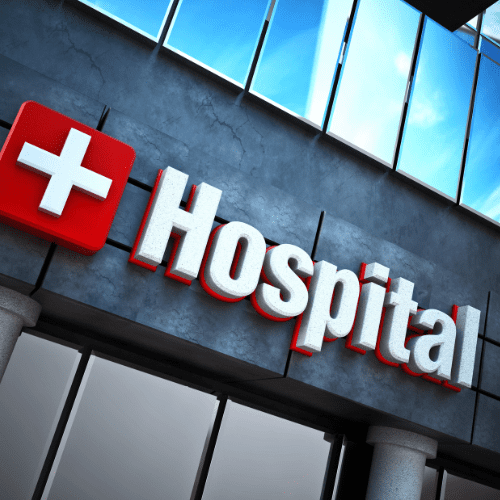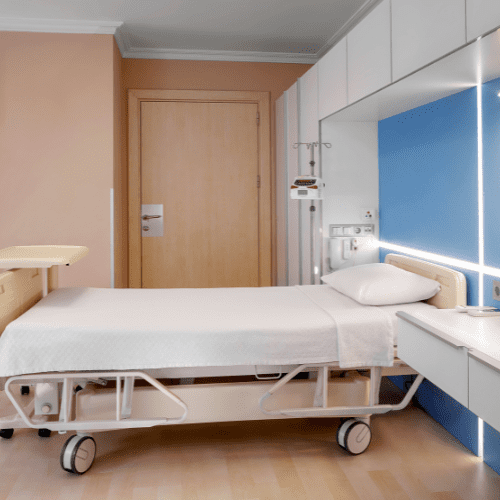In recent years, drones have emerged as a transformative force in various sectors, with healthcare being one of the most notable. The integration of drone technology into medical supply delivery systems presents a paradigm shift in ensuring timely access to necessary medical resources. These unmanned aerial vehicles (UAVs) are not only capable of overcoming geographical barriers but also provide a swift solution to the challenges faced by traditional supply chains. As the world grapples with increasing healthcare demands, the utilization of drones for medical supply delivery has become a focal point for innovation and efficiency.
The Role of Drones in Revolutionizing Medical Supply Delivery
The utilization of drones in medical supply delivery marks a significant advancement in the logistics of healthcare. Traditional methods of transporting medical supplies can often be slow and cumbersome, especially in remote or underserved regions. Drones offer a rapid alternative, capable of delivering essential items such as vaccines, medications, and surgical supplies directly to healthcare facilities or even individuals in need. Their ability to bypass traffic and geographical obstacles allows for timely deliveries that can be crucial in emergencies, such as natural disasters or during disease outbreak responses.
Moreover, drones are equipped with advanced technology that ensures the safe and precise delivery of medical supplies. With the incorporation of GPS and real-time tracking systems, healthcare providers can monitor the delivery process, leading to increased accountability and efficiency. Furthermore, many drones are designed to maintain temperature control, ensuring that sensitive medical supplies are delivered in optimal conditions. This technological advancement not only enhances the reliability of medical deliveries but also fosters trust between healthcare providers and patients.
Additionally, the use of drones in medical supply delivery supports the globalization of healthcare services. In many regions, particularly in developing countries, access to essential medical supplies can be limited due to inadequate infrastructure. Drones can bridge this gap by facilitating the efficient transport of supplies to remote and hard-to-reach areas. This capability is instrumental in improving public health outcomes by ensuring that necessary interventions reach the populations that need them most, thereby contributing to the overall enhancement of healthcare systems.
Enhancing Healthcare Access Through Innovative Drone Technology
The deployment of drones in the healthcare sector has the potential to significantly improve access to medical supplies, especially in rural and isolated communities. By leveraging drone technology, health officials can ensure that life-saving medications and supplies are available at the point of care, reducing the time it takes for patients to receive treatment. Studies have shown that drone deliveries can cut down transport times from hours or days to mere minutes, which is particularly vital in emergencies where every second counts.
Furthermore, innovative drone technologies allow for a reduction in operational costs associated with medical supply delivery. By minimizing the reliance on traditional vehicles and labor-intensive logistics, healthcare organizations can allocate resources more effectively. Drones require less fuel and can operate autonomously, reducing the need for a large workforce. This efficiency not only lowers costs but also allows healthcare systems to focus on providing quality care rather than managing complex supply chain logistics.
In addition to logistical improvements, the use of drones for medical supply delivery can also enhance data collection and analysis in the healthcare sector. Drones are capable of gathering valuable information during their flights, such as environmental conditions and population density data. This information can be analyzed to optimize delivery routes, improve inventory management, and forecast demand for medical supplies. By leveraging big data in conjunction with drone technology, healthcare providers can make informed decisions that ultimately lead to better health outcomes for communities.
In summary, the integration of drones into medical supply delivery systems represents a significant evolution in the way healthcare resources are managed and distributed. By enhancing access to vital medical supplies and improving the efficiency of delivery mechanisms, drones have the potential to save lives and improve public health outcomes. As technology continues to advance, the role of drones in healthcare is likely to expand, offering new possibilities for overcoming the challenges associated with traditional supply chains. Ultimately, the innovative application of drone technology in medical supply delivery underscores a commitment to ensuring equitable access to healthcare for all, irrespective of geographical barriers.




